A trigger finger is when your finger feels like it catches or locks and then is difficult to straighten.
1 min read 12 May 2023
What is a trigger finger?
A trigger finger or thumb is when your finger or thumb feels like it catches or locks and then is difficult to straighten.
After a period of time and some pain, it then releases, gives way and straightens. It is due to a thickening or swelling of your tendon that gets caught as the tendon passes under its pulley or sheath. It can be from arthritis or overuse of the tendon. It usually occurs at the A1 pulley of the flexor tendons at your knuckle joint or at the MCPJ of your thumb.
Trigger Finger Symptoms
Treatment and Management Recommendations
You will need to wear a splint that blocks the movement of the finger for a minimum three weeks, or in some cases up to ten weeks. If there is a lot of swelling you may require an isotoner glove or coban to reduce swelling.
Try to change your movement initially while grasping objects. If there is absolutely no change after three weeks, you may require an injection or possibly surgery.
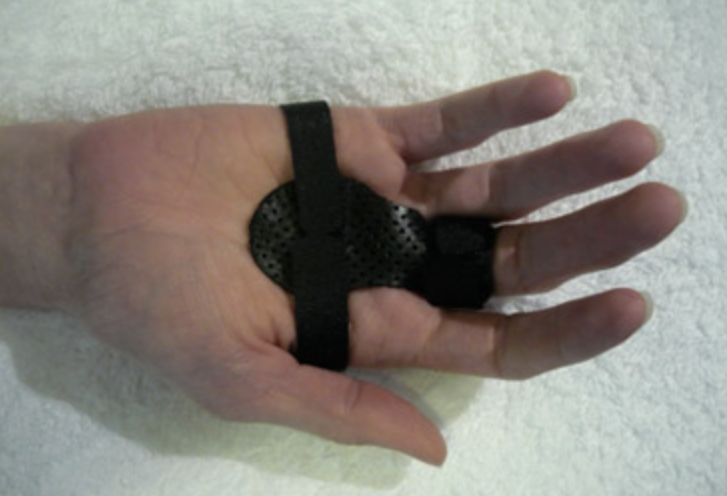
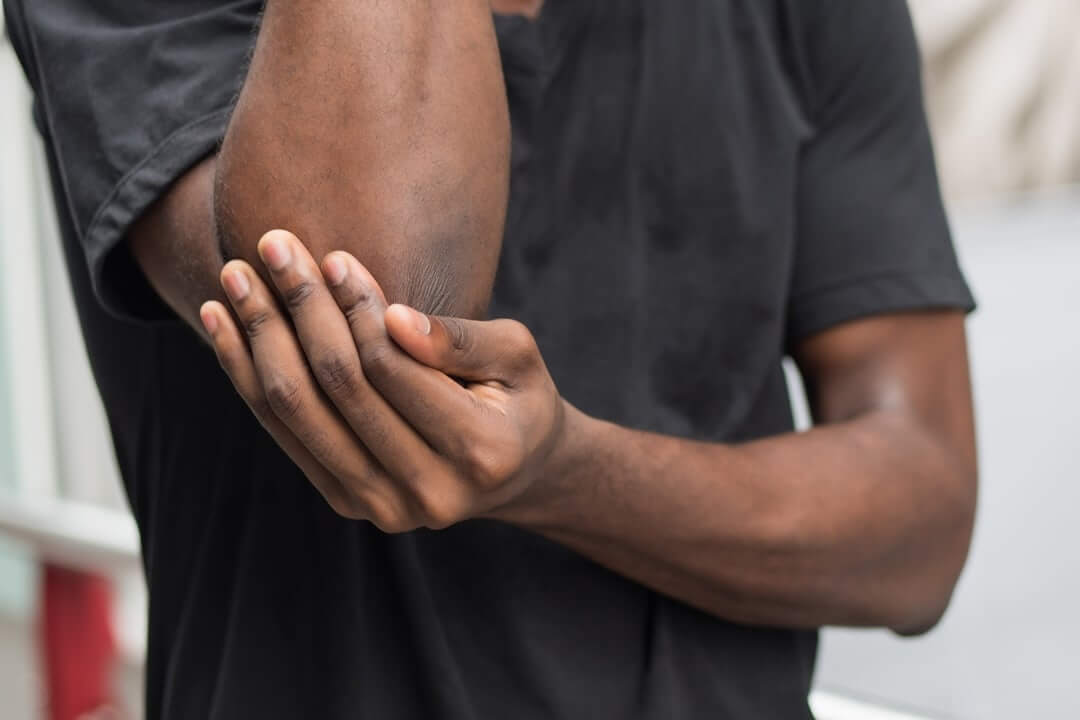
Acute pain is when the body is working to heal structural tissue damage. Everything is done to ensure structural and mechanical integrity if maximised of the injured tissues.

Most wounds recover in the repair phase of healing. Our therapists look after your wounds by providing dressings that are applied with a sterile technique to avoid infection.
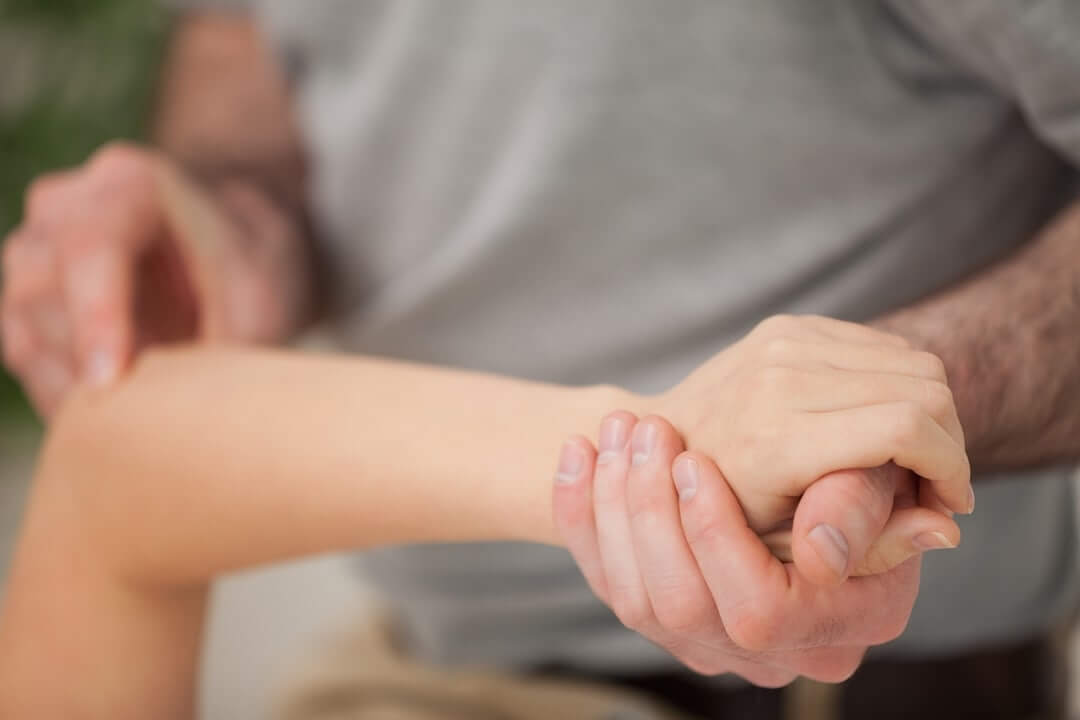
Joint mobilisation involves moving the joint back and forth in small oscillating movements further and further into range to restore the joints normal movement.
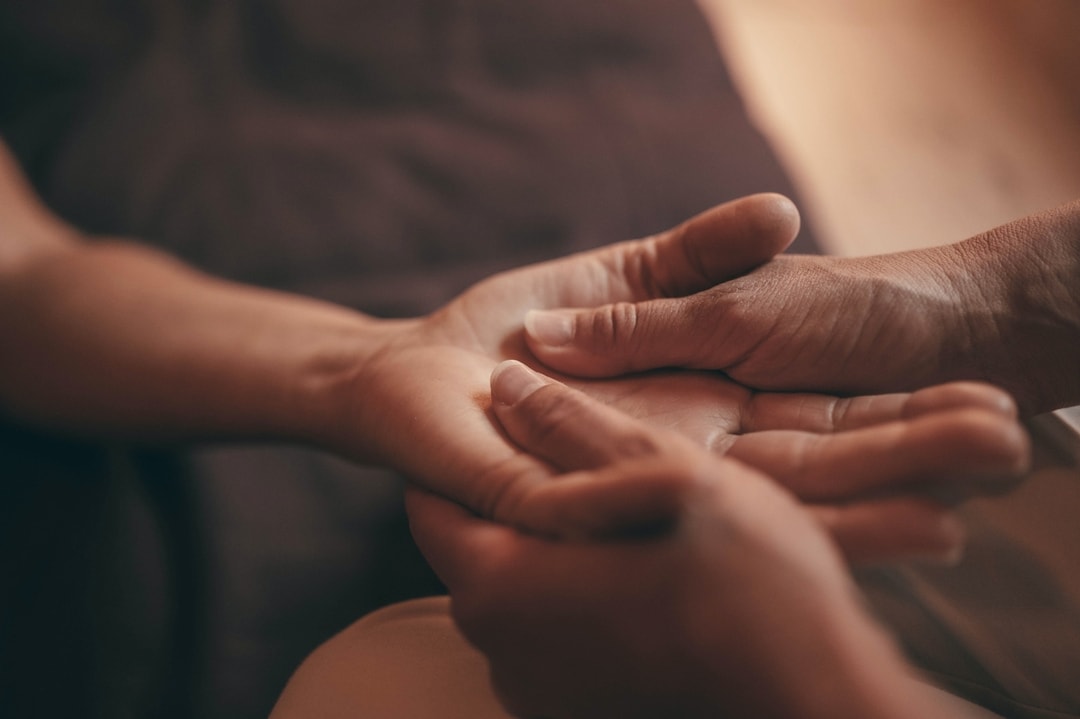
Massage helps to improve blood supply to the injured area, helping you recover faster.

Exercise is the body’s natural way of restoration to improve stability, mechanics, strength and movement to an injury. Whether the injury is from overuse, trauma, disease or surgery exercises are necessary to restore function.
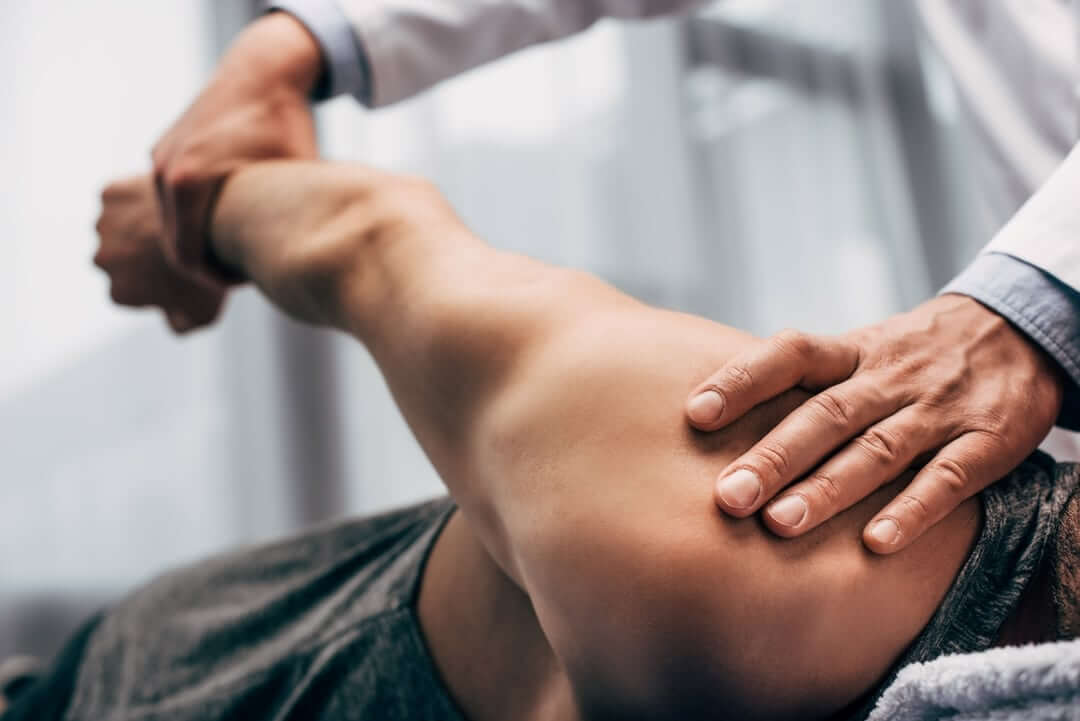
Stretching is extremely beneficial for our joints, muscles and tendons. Not only do they help prepare your body work/exercises they ensure you are working at your optimum energy efficiency.